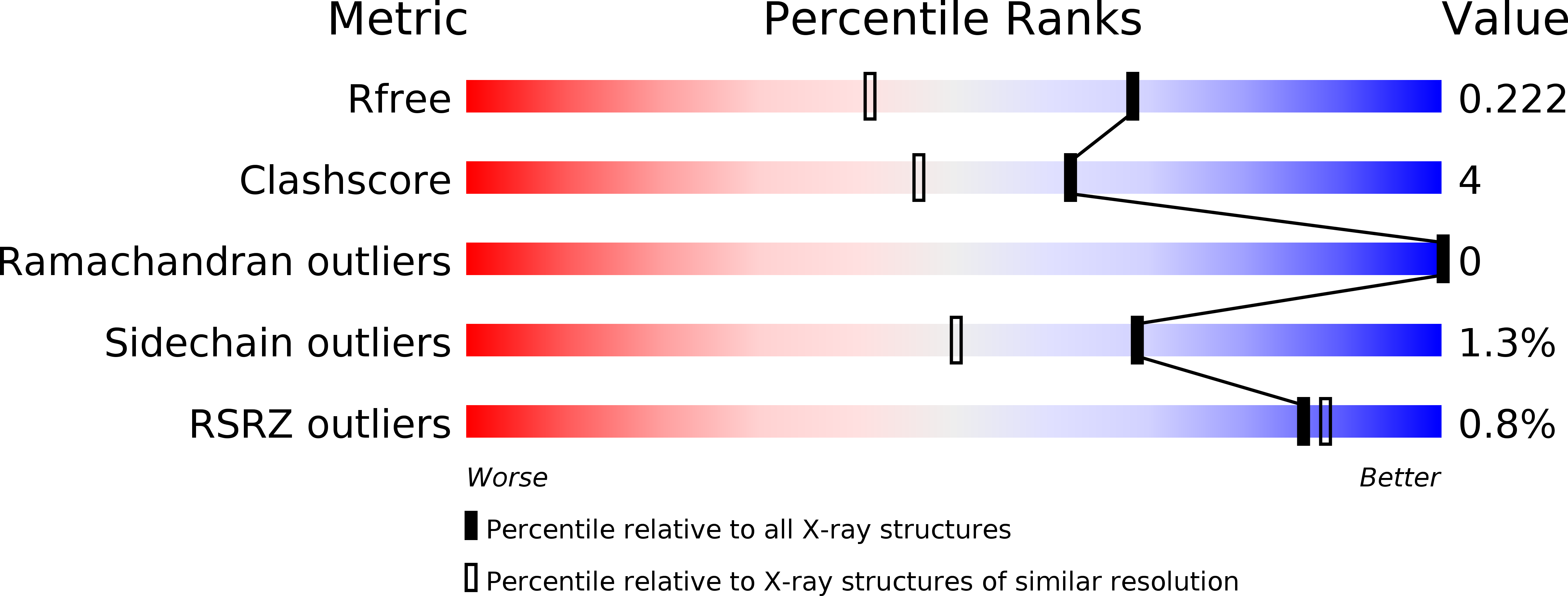
Deposition Date
2019-08-02
Release Date
2020-07-08
Last Version Date
2024-01-24
Entry Detail
PDB ID:
6SG2
Keywords:
Title:
FeFe Hydrogenase from Desulfovibrio desulfuricans in Hinact state
Biological Source:
Source Organism:
Desulfovibrio desulfuricans (Taxon ID: 876)
Host Organism:
Method Details:
Experimental Method:
Resolution:
1.65 Å
R-Value Free:
0.21
R-Value Work:
0.17
Space Group:
P 21 21 21


